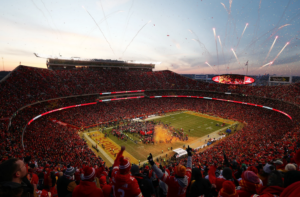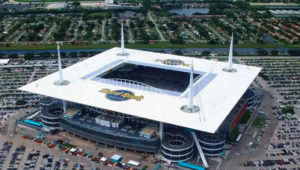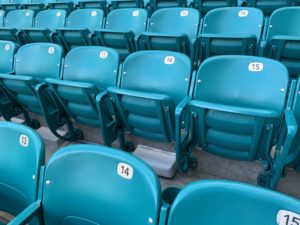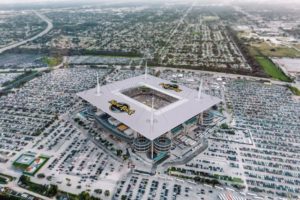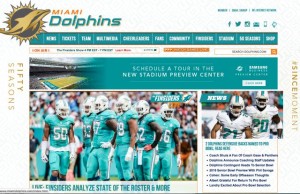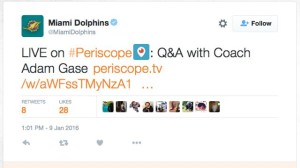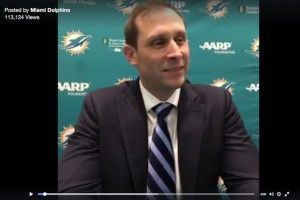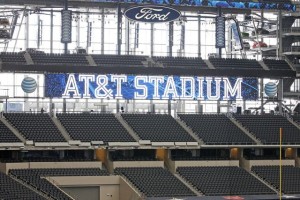Stadium Tech Report is pleased to announce our FALL 2020 issue, with profiles of two of the most innovative new venues to open – SoFi Stadium in Los Angeles and Allegiant Stadium in Las Vegas! While neither venue will host fans this NFL season, our profiles will dig in-depth to tell you about the technologies in place to make these stadiums the most advanced when it comes to the game-day experience. We also have a substantive news analysis story about how venues and product and service suppliers are planning to tackle two of the biggest venue issues when it comes to hosting fans during a pandemic – venue entry and concessions operations.
We’d like to take a quick moment to thank our sponsors, which for this issue include Corning, Boingo, MatSing, Cox Business/Hospitality Network, Comcast Business, American Tower, CommScope, AmpThink and ExteNet Systems. Their generous sponsorship makes it possible for us to offer this content free of charge to our readers. We’d also like to welcome readers from the Inside Towers community, who may have found their way here via our ongoing partnership with the excellent publication Inside Towers. We’d also like to thank the SEAT community for your continued interest and support.
We would like to take a moment here and give some special thanks to the people at SoFi Stadium and at Allegiant Stadium, and to all the other subjects we interviewed for this issue, for their extra help when it came to providing interview time and especially photos to help bring our publications to life. We quite literally couldn’t have done this without your help, and we look forward to visiting venues again in the near future!
